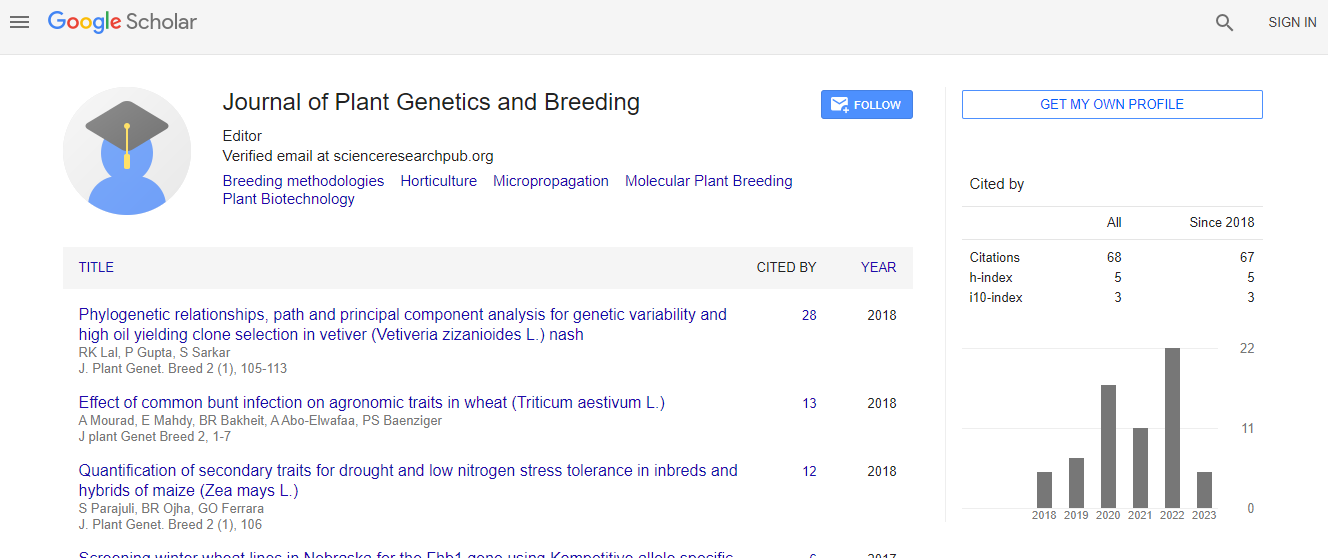Optimizing flax raw products for tomorrowâs uses
*Corresponding Author:
Copyright: © 2020 . This is an open-access article distributed under the terms of the Creative Commons Attribution License, which permits unrestricted use, distribution, and reproduction in any medium, provided the original author and source are credited.
Abstract
Flax is a dual-purpose plant providing the fibre and oil. The principal use of fibre was for textiles manufacturing and oil for paints and varnishes. However, in the last decade's devaluation of flax fibre in the world has been observed due to hardships associated with flax cultivation and processing, some disadvantages of flax fibre (poor elasticity, unpredictable quality) properties together with the appearance of cotton and synthetic fibres on the market. Recently, due to research findings, the flax raw material appears to provide a variety of industrial and health benefits. For example manipulation of flavonoid genes (e.g. CHS, CHI, DFR, GT) expression significantly increases the antioxidant potential and thus oil stability against oxidation and fatty acids composition. Squalene accumulation (potent anticancer agent) was increased by silencing carotene synthesis. Unique flax fibre was obtained, by the co- synthesis of polyhydroxy butyrate (PHB) with cellulose during fibre development. The PHB-fiber embedded in polylactide may serve as a scaffold for tissue engineering and has been shown to be useful as biodegradable implant. The unique application of the flax product has been shown in chronic wound healing. The pre-clinical study revealed healing improvement of chronic ulcers upon treatment with wound dressing based on new fibres strengthened by supplementation with activators derived from refined seed extract.
Recent Publications
- Wrobel, M., Zebrowski, J., Szopa, J., 2004. Polyhydroxybutyrate synthesis in transgenic flax. J. Biotech. 107, 41-54.
- Zuk, M., Dorotkiewicz-Jach, A., Drulis-Kawa, Z., Arendt, M., Kulma, A., Szopa, J., 2014. Bactericidal activities of GM flax seedcake extract on pathogenic bacteria clinical strains. BMC Biotech. 14, 70.
Biography:
Jan Szopa-Skorkowski is professor and is the head of Genetic Biochemistry Department at Wroclaw University. He has awarded twice by Polish Biochemistry Society (1971, 1973), Polish Academy of Sciences (1991) and Polish Prime Minister (2009).

